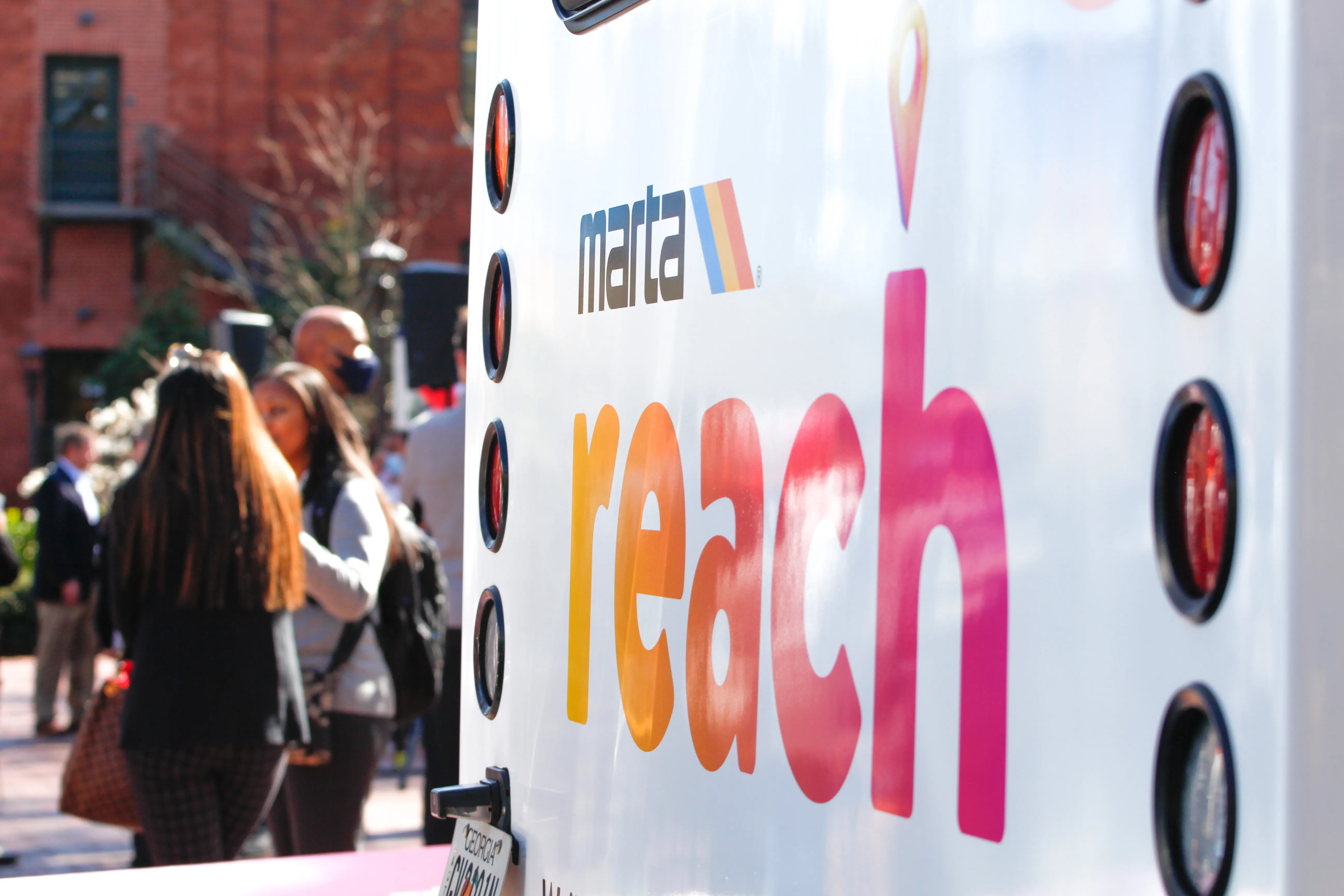
Here Technologies is allowing OEMs using its platform to include an addressing system from What3words as an in-car navigation feature.
The system has divided the world into a grid of three-metre squares and given each a combination of three words known as a What3words address.
For example, Here’s Chicago office can be found at ///memory.traps.lease.
According to Here, What3words enables people to convey locations as specific as building entrances or parking spots and provides easy location references in places with no street addresses, such as beaches, parks and remote hiking trails.
What3words co-founder Chris Sheldrick says using a traditional address in a vehicle can be “clunky and lengthy to type” while also emphasising that even a “voice assistant will often mishear you”.
“Once the address is accepted, it won’t take you to a precise location, such as the specific entrance you need, it’ll route you to where the pin drops - which is often the centre of the building,” he continues.
“By using What3words, drivers need simply to enter three words and know they will arrive at that precise three-metre square.”
Jørgen Behrens, senior vice president at Here, says: “Automotive OEMs and Tier 1 suppliers can now provide the What3words service to their customers through the Here Search API instead of having to integrate it themselves. This will allow drivers to navigate easily in dense, urban environments with non-standard addressing schemes or seamlessly get to any location, be it a local pub or a trailhead.”
Drivers can input a What3words address into their car head unit or connected car app.
They can find What3words addresses in booking confirmations, guidebooks, website contact pages, or on the What3words app or online map.










